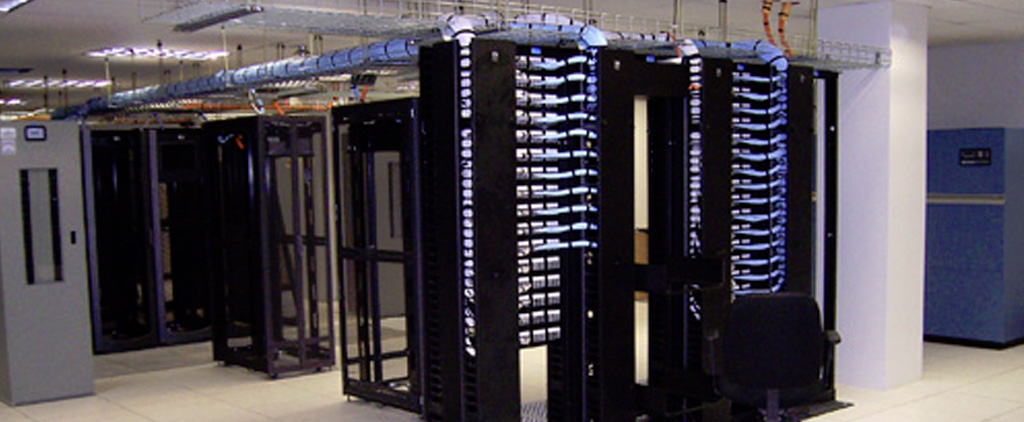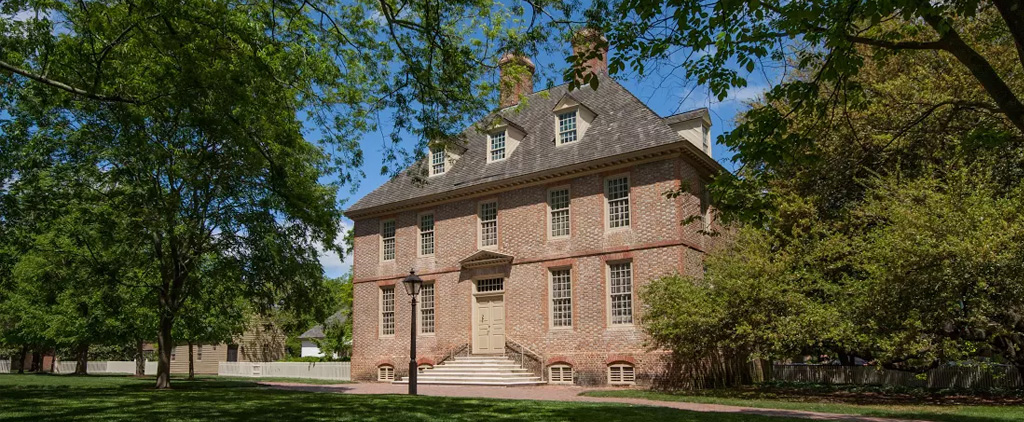Challenge:
Quantum Engineering Company was asked to decide what to do with the waste heat discharged by the spot coolers. Options included discharging the air above the ceiling and allowing the central AHU’s and Chillers to address the heat (Options 1 & 2) or other options involved ducting the air to the perimeter, removing glass windows, installing temporary weather protection, and utilizing outside air to cool the spot cooler condensers (Options 3 & 4).
Project Approach:
In order to implement the project while minimizing loss of redundancy and loss of capacity, the decision was made to deploy temporary air cooled spot coolers while the existing cooling units were replaced one at a time.
Project Statistics:
Data Center: Approximately 2400 SF
Location: Mid-Rise Office Building / 3rd Floor
Critical Load at Beginning of Project: 80kW
Cooling Capacity at Beginning of Project: 34 Tons / 119 kW
Cooling Capacity after Completion of Project: 65 Tons / 228 kW
Recommendation:
The final recommendation was to utilize outside air due to the very high costs associated with operating the large central station air handling units and central chilled water plant that would otherwise be disabled during off-hours (Option 3)
If you are interested in seeing the detailed analysis please review the comparison matrix below.


